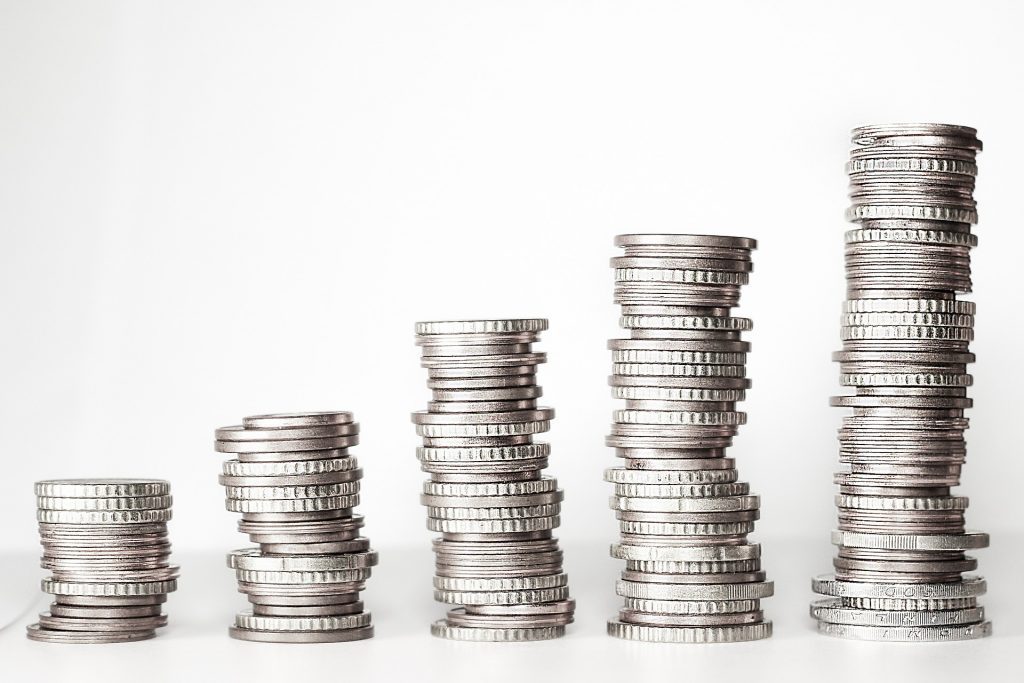A company’s burn rate, also known as cash burn rate, is an important metric to track, especially for startups and younger companies. Here’s what you need to know about calculating, analyzing, and optimizing your business’s burn rate.
What is Burn Rate?
A burn rate refers to the rate at which a company is spending its capital reserves and operating at a loss. There are two main types of burn rates:
- Gross burn rate: This reflects the company’s total monthly operating expenses, including salaries, office rent, inventory costs, marketing, etc.
- Net burn rate: This factors in the company’s monthly revenue and calculates total expenses minus total earnings. For example, if the gross burn rate is $50,000 but the company brings in $20,000 in revenue, the net burn rate would be $30,000.
Use our Burn Rate Calculator to estimate your gross and net burn rates along with your cash runway time.
The Importance of Managing Burn Rate
Monitoring burn rate helps companies determine if they have enough capital reserves to sustain operations and growth plans. It also sheds light on profitability – a high net burn could signal issues with the business model or strategy.
Aim for an optimal burn rate that allows for growth without depleting reserves too quickly. Be cautious of overspending on things like office space, inventory, and staffing. Startups should keep overhead low in the early stages.
Strategies for Improving Burn Rate
There are several ways companies can reduce net burn rates and extend their runway:
- Grow revenue: Increase sales and marketing to boost earnings
- Cut expenses: Eliminate unnecessary costs and only spend where needed
- Manage inventory: Don’t stockpile excess inventory that eats up working capital
- Sublet unused office space: Downsize if you have excess capacity
- Automate processes: Reduce need for labor where possible
Monitor Trends and Adjust Accordingly
Keep a close eye on gross and net burn rates monthly. Look for positive or negative trends over time. If burn rate increases, take proactive steps to curb spending or increase revenue streams. Having contingency plans helps weather any storms.
With diligent tracking and management, a venture can maintain a healthy burn rate that allows for gradual, sustainable scaling.
What is the bottom line?
The bottom line refers to a company’s net income or profitability after accounting for all expenses, depreciation, taxes, and interest. It’s essentially the final “line” in the income statement that reveals the company’s financial performance and earnings.
Some key things to know about the bottom line:
- It represents profitability, which is total revenue minus total expenses. A positive bottom line means the company is operating profitably. A negative bottom line means it is operating at a net loss.
- The bottom line is also called net income or net profit. It’s calculated by subtracting operating costs, depreciation, interest expenses, and taxes from total revenue.
- A higher bottom line generally indicates better financial health and performance. Companies want to improve their bottom line by boosting revenues and reducing costs.
- The bottom line is considered a key indicator of business success and profitability. Management teams often focus on driving strategies to improve the bottom line.
- Factors like pricing, operating efficiency, cost controls, tax optimization etc. can improve the bottom line. Steps like increasing sales volumes, reducing material costs, lowering overhead, etc. can positively impact it.
- The bottom line is critical for valuation. Investors look at bottom line profitability rather than just revenue to gauge business health.
The Bottom Line Impact
At its core, the burn rate directly affects your business’s bottom line. The higher your operating expenses compared to revenue, the further away profitability will be. Companies with high burn rates often rely heavily on funding rounds to stay afloat.
While funding can help in the short term, it is not a sustainable long-term solution. The most successful startups focus on improving their core economics by increasing profit margins and reducing burn. This strengthens their bottom line and makes the business more viable and investment-worthy.
Some ways to boost your bottom line through better burn rate management include:
- Increasing efficiency in operations and cutting unnecessary spending
- Renegotiating supplier and vendor contracts to improve purchasing costs
- Automating processes to reduce labor costs
- Exploring alternate marketing channels to reduce customer acquisition costs
- Subletting excess office space to generate rental income
- Offering discounts or bundles to increase customer lifetime value
The goal should be to streamline operations, grow revenue faster than expenses, and turn a net burn into profitable unit economics. With a healthy bottom line fueled by an optimal burn rate, your startup will be poised for sustained success.



